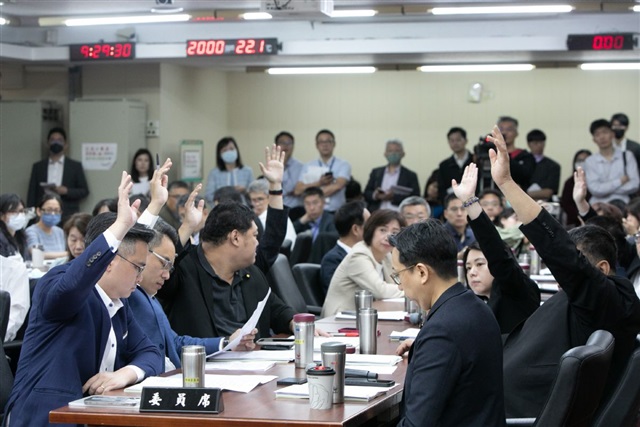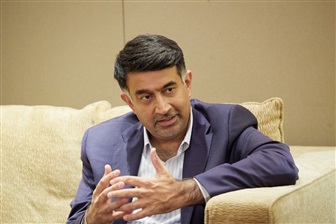Huawei is clarifying how it intends to compete in global AI computing despite being cut off from leading-edge foundries and US-origin GPUs. Instead of chasing rivals on single-chip performance, the company is leaning into scale, systems engineering, and vertical integration—a strategy it is now preparing to test outside China, beginning with South Korea.
Taiwan's economy saw outstanding growth in 2025, emerging as an outlier not just in Asia but also worldwide. In its recently released forecast for 2026, the Institute of Economics at Academia Sinica sharply revised its estimate for GDP growth to 7.41% for 2025, up 4.48pp from its previous estimate of 2.93%. Although growth in 2026 is likely to slow down due to the high baseline in 2025, AI-related industries will continue to prop up external demand and investments in Taiwan.
Samsung Electronics is prioritizing artificial intelligence adoption, local manufacturing, and consumer financing in India, foregoing an initial public offering for its local business. The company aims to strengthen its footprint in one of its most important growth markets through internal expansion and strategic investments.
Xiaomi stated that it is not a Chinese military-industrial company, is not affiliated with any military entity, and only provides consumer-focused civilian and commercial products, adding that the proposal to place Xiaomi on the 1260H list is unfounded, according to The South China Morning Post.
As 2025 draws to a close, the US-China AI compute market is entering a phase of guarded competition and selective cooperation. While the US government has launched an inter-agency review of Nvidia's H200 exports to China—and Nvidia is reportedly planning deliveries ahead of the Lunar New Year—Huawei has already set a clear timetable. Its next-generation AI chip, the Ascend 950PR, is scheduled for release in the first quarter of 2026.
Nvidia is set to include innovations from Groq, an AI inference chip startup, into its product ecosystem by the end of 2025, responding to an expected surge in AI inference demand. CEO Jensen Huang estimated in early 2025 that AI inference workload could grow by up to one billion times in the coming years, driving the company's strategic pivot.
Rising global investment in artificial intelligence is accelerating data center construction. This is intensifying demand for power, cooling, and energy storage equipment, reinforcing reliance on Chinese-made components even as governments push to diversify supply chains.
McKinsey Taipei recently released its "Global Banking Annual Review 2025" and "The State of AI: Global Survey 2025," surveying 2,000 companies across finance, technology, and retail sectors worldwide. Senior adviser Victor Kuan and senior partner Violet Chung at McKinsey & Company noted that Taiwan's financial industry faces multiple pressures from geopolitical tensions, macroeconomic volatility, and intensifying competition.
Solid oxide fuel cells (SOFCs) are drawing significant attention because of their flexible and rapid deployment capabilities as AI's electricity demand continues to skyrocket. Kaori Thermal Technology, a key supplier to SOFC fuel cell leader Bloom Energy, stated that customer demand remains strong, enabling both capital and workforce expansion. The company said its 2026 capex will be the largest since its founding, and its headcount is set to increase by more than 40%.
Eric Wu, founder of Shinkong InnovHUB, announced on December 23, 2025, that the facility is scheduled to open in 2027, offering a dedicated testing and demonstration site for autonomous vehicles. Wu simultaneously revealed the formal launch of Gaia Capital, a NT$5 billion (US$158 million) fund designed to help Taiwanese startups in the autonomous vehicle sector expand into global markets.
Nvidia has agreed to buy key assets from AI accelerator startup Groq in the company's largest acquisition to date, a move that underscores how the battle in artificial intelligence is increasingly shifting from training dominance toward inference efficiency and cost control.
More coverage



